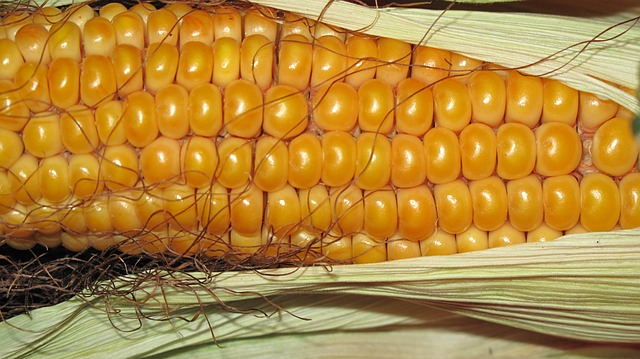In the past month in Tanzania, two clusters s of suspected acute aflatoxicosis have occurred in Kiteto District, Manyara Region in the northern part of Tanzania

According to a WHO report on the event:
The first cluster, reported on 21 June 2017, involved five children aged between 3-9 years from one family in Partimbo Village, Kimotonge Ward. On 15 June 2017, the initial case – a 3-year-old child – developed general body malaise, loss of appetite, vomiting, abdominal distension and pain, dark stools (without diarrhea), and jaundice. The child presented to the district hospital on 17 June 2017 and died the same day. On 16 June 2017, four siblings of the initial case developed similar illness and were admitted to Dodoma Regional Referral Hospital on 18 June 2017, where supportive treatment with intravenous fluids and ceftriaxone was initiated. The condition of two of the four children later deteriorated and both died on 19 June 2017. Subsequent outbreak investigation established that the affected children consumed maize that was harvested and left in the field for some time.
The second cluster of three cases from a household in Katikati Village, Makame Ward (over 100 km from the previous cluster) was reported on 13 July 2017. The cases, one aged 4 years and the other two cases aged 10 years, presented to the district hospital with symptoms of abdominal distension and pain, jaundice, vomiting, and altered mental status. The 4-year-old child died within 4 hours of admission to the hospital. The other two cases were referred to the regional referral hospital where they are currently receiving care. All three children reportedly consumed maize that was improperly stored.
As of 19 July 2017, a total of eight cases of suspected aflatoxicosis, including four deaths (case fatality rate 50%) have been reported. No new cases have been reported since 13 July 2017.
Aflatoxin is a fungal toxin that commonly grows on maize and other types of grains. People are often exposed through home-grown foods, when inadequate harvesting and storage techniques allow for the growth of aflatoxin-producing fungi. Children are particularly susceptible, and at lower doses or over a long duration, the toxin can lead to chronic disease and conditions such as stunted growth, delayed development, liver damage, and liver cancer. Acute, high-level exposure can result in aflatoxicosis, which manifests as severe acute hepatic failure with vomiting, abdominal pain and jaundice, often associated with high fatality rates.
Related:
- WHO: 125,000 children under 5 die from foodborne illness each year globally
- Crimean-Congo hemorrhagic fever case reported in Senegal shepherd
- Raccoon roundworm survey: 7 percent of Santa Barbara residents tested were positive for antibodies
- Flu vaccine production could provide better protection against infection
- Lyme disease vaccine candidate granted Fast Track designation
- Dietary supplements: Poison Control receives a call every 24 minutes
- Colorado experiencing hepatitis A outbreak, already double last year’s total

